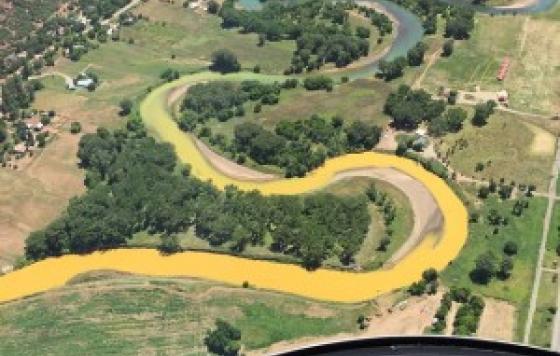By Tom Hoffman and Emily Alvarado
This post was originally published in the Pittsburgh Post-Gazette
Included in the short list of issues that Mayor Bill Peduto raised with President Barack Obama back in November at a meeting of incoming mayors was a request for the Environmental Protection Agency to let Pittsburgh pursue greener solutions to our sewer system “big fix.” Every time it rains, our pipes overflow and we dump raw sewage into the rivers. Fixing our sewer system is both long overdue and federally mandated.
Mayor Peduto gets it: It’s good for communities, workers and the environment if we maximize our area’s largest-ever public investment to stop water pollution and solve multiple community needs at the same time.
By prioritizing green infrastructure solutions, we could transform our $2 billion-plus investment into one that beautifies our neighborhoods, rebuilds our communities and manages storm water at its source instead of simply storing it under the river for later treatment.
The plan submitted by the Allegheny County Sanitary Authority to the EPA a year ago proposed to capture and treat 79 percent of the region’s combined sewer overflows using only “gray infrastructure,” including construction of bigger collector pipes and three massive underground stormwater storage tunnels that would hold wet-weather flows until they could be pumped through a much-expanded Alcosan treatment facility.
Mayor Peduto’s leadership in seeking a greener plan is welcome and essential. But we need to go one step further or we are likely to miss out on this once-in-several-lifetimes opportunity.
The time has come for new leadership at Alcosan.
After the EPA two weeks ago called Alcosan’s proposal deficient, Alcosan officials started talking of incorporating green features. But they’ve spent the last five years articulating why green solutions won’t work in our region while insisting on building deep underground sewage tunnels, showing that they lack the vision needed to make a large-scale green infrastructure strategy successful.
We need to put leaders in place at Alcosan who can effectively work with its 83 customer municipalities to get this done. The Pittsburgh Water and Sewer Authority has already shown leadership in exploring large-scale green solutions. A newly configured Alcosan could partner with PWSA and our elected officials to effectively combine green solutions and right-sized gray construction.
Cities around the country have implemented green solutions, such as water-absorbing rain gardens, bioswales, green roofs and properly planted and maintained trees. These have proven to provide many tangible benefits — green space, family-sustaining jobs, reduced local flooding and better water quality — to homeowners footing the bills.
EPA officials have been flexible in allowing cities to prioritize green solutions, but only when they are convinced that local leaders understand how to implement these techniques and technologies and are serious about pursuing them. The problem is, EPA officials have indicated that they are running out of patience with the current leadership of Alcosan.
Now is our best opportunity to change course. Investing first in green solutions would maximize the benefits to our communities. Supplemental gray engineering strategies could then be employed to fully meet water-quality standards.
We all want to live in a clean, vibrant Pittsburgh with good jobs and healthy neighborhoods, and we have the opportunity to invest in that future now.
Hopefully, Mayor Peduto and County Executive Rich Fitzgerald will bring new leadership to Alcosan so we can ensure that this huge public investment in infrastructure creates clean water, healthy communities and economic opportunities for generations to come.
Tom Hoffman is Western Pennsylvania director of Clean Water Action. Emily Alvarado is interim director of Clean Rivers Campaign.
Related Posts
Stay Informed
Get the latest updates and actions:
Thanks for signing up!
There was a problem processing your signup. Please try again.


